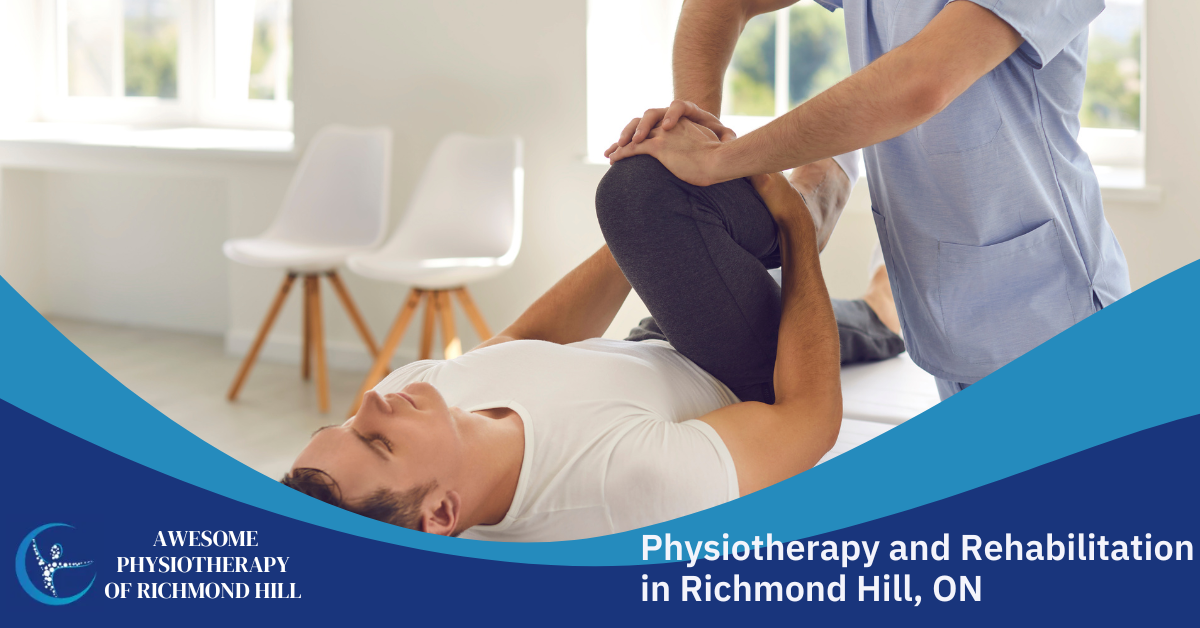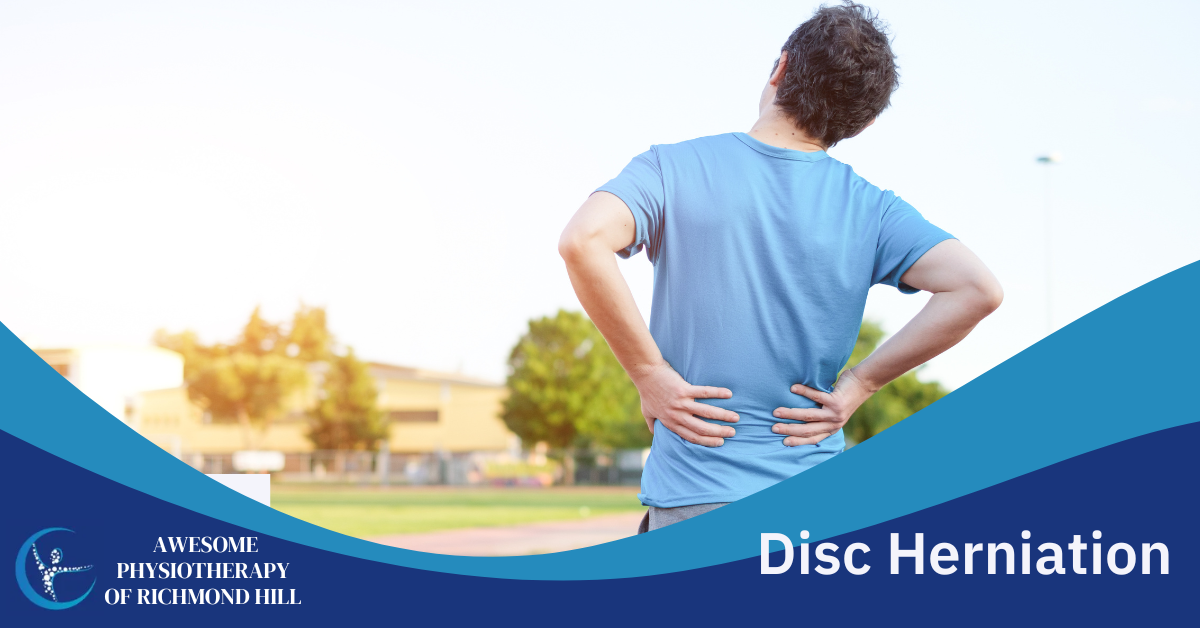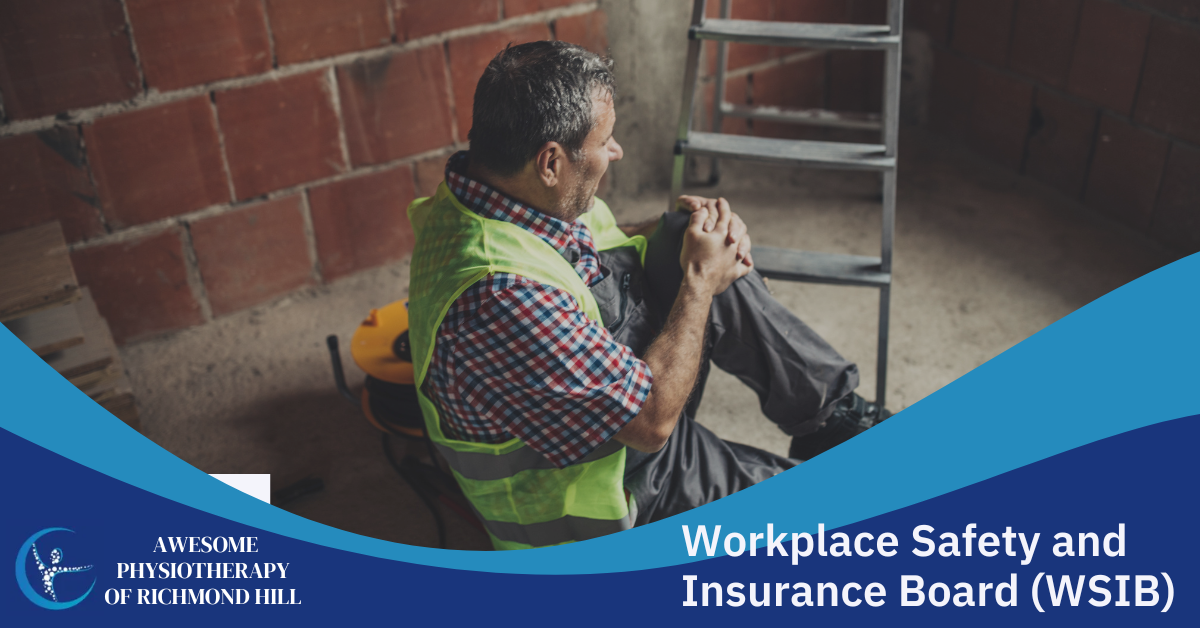Find a Physiotherapist for Sacroiliac Pain: Start Here
Did you know that nearly one-fifth of Canadians deal with back pain during a given timeframe? Back pain is a challenging diagnosis since many nerves, discs, muscles, and tissue help your spine move, twist, and bend throughout the day.
Even one minor tweak can leave you practically bedridden. Have you wondered if a quick search to find a physiotherapist could help your sacroiliac joint pain?
The short answer is - yes! So before you give up on your search for pain relief, keep reading our complete guide on how a physiotherapist helps relieve back pain and improve function.
What Is Sacroiliac Joint Pain?
If you have ever dealt with sacroiliac pain before, you know how debilitating it can be to simply sit or stand. Your sacroiliac joint brings your sacrum and iliac bone together.
As the two bones conjoin, they create a small joint. There are actually two joints (one on either side), and sometimes you can easily locate them by identifying the dimples on a person's low back and palpating just underneath.
The sacrum is the lowermost part of your spine. Your iliac bone is part of your hip, and as the two work together, it helps shift and move the pelvis smoothly. When the joint becomes inflamed, you could have localized or systemic pain.
You may have heard the term 'pinched nerve,' which comes up a lot on frantic searches to 'find a physiotherapist near me.' The sacroiliac joint is well innervated by your lower lumbar and sacral nerves.
These nerve bundles can become aggravated and pinched when you injure your joint. Once that happens, you may experience nerve pain. Some of the symptoms of nerve pain include:
- Pain down one or both legs
- Burning sensation
- Numbness
- Stiffness
Even the most mundane tasks like sitting at your desk at work may seem impossible. So what treatments are out there to help?
Sacroiliac Joint Pain Relief
Sacroiliac joint pain relief starts with searching to 'find a physiotherapist near me.' Physiotherapists are qualified healthcare providers specializing in various musculoskeletal conditions, including low back pain.
Many people suffer through various treatments (and even surgery) without any relief. The benefit of using a physiotherapist in Richmond Hill is that treatments are non-invasive, and there is minimal recovery time. After four to six weeks, you could notice a huge change in your function and pain tolerance.
What can you expect during your back physiotherapy sessions?
- Shockwave therapy
- Laser therapy
- Strengthening interventions
- Advanced exercises
- Personalized care plan
A qualified physiotherapist will help you progress through these interventions at a steady pace, so you don't reaggravate your injury and pain. One of the main ways to reduce back pain is by strengthening your outer core unit.
While targeting specific muscle groups in your low back is important, your legs, hips, and abdomen all play a role in how you move and function.
What Is Radial Shockwave Therapy?
Extracorporeal radial shockwave therapy is a non-invasive tool that helps reduce pain and improve function. It emits short, intense shockwaves through your tissues that boost natural healing. Shockwave therapy only takes 20 to 30 minutes, and there are no side effects!
Recent studies have examined how effective radial shockwave therapy is for treating sacroiliac joint pain. Study participants all noted significant improvements in pain with no adverse effects. The researchers advised that more long-term research is needed to look at bone and tissue healing, but it is a safe alternative to other invasive measures.
What Is Spinal Decompression Therapy?
Sciatica is a type of nerve pain that involves irritation of your sciatic nerve. The sciatic nerve runs from your spine down the back of your legs, and the sacroiliac joint is right in the mix of it.
Injuries to the pelvis or hip are the usual mechanisms of injury, and over-the-counter medications or stretches may help. Finding a 'physio near me' can help you determine what exercises to do safely at home for sciatica.
Spinal decompression is another treatment intervention that Awesome Physiotherapy uses. It is completely non-invasive and uses a traction device that helps realign spinal discs. Spinal decompression is a form of negative pressure and is safe for many back injuries.
This type of treatment used in Richmond Hill physiotherapy also benefits people with:
- Posterior facet syndrome
- Herniated disc
- Spinal stenosis
- Degenerative discs
- Damaged nerve roots
It is an excellent treatment option to manage your low back and sacroiliac pain. Each session only lasts between ten and 30 minutes, and it is entirely safe.
How To Find a Physiotherapist
By now, you understand that a physiotherapist specializing in back treatments is the best bet for managing your sacroiliac pain. You can find the 'best physiotherapy Richmond Hill' at Awesome Physiotherapy.
At our Awesome Physiotherapy clinics, we specialize in back pain, sports injuries, post-surgery rehab, and much more. Our physiotherapists are qualified and skilled at various techniques that help joint pain and function. If you still aren't sure, here are some tips for finding out more about top physiotherapy clinics near you:
- Ask about specializations
- Ensure a clinic's physiotherapists are licensed
- Ask friends or family for recommendations
- Read online reviews
- Ask about insurance coverage and cost
Going through this list of questions with a local clinic can help you avoid bouncing around and wasting your time and money.
Solving Stubborn Back Pain
Once you find a physiotherapist to help your sacroiliac pain, you will wish you had thought of trying it out sooner! Physiotherapists can help use various manual techniques, tools, and education that gets you back on your feet (literally and figuratively) sooner.
In a few sessions, you can start noticing relief. Are you ready to get started? Contact us today to schedule an appointment!



How Physiotherapy Can Help You Recover Faster: A Guide to Physiotherapy Centers In Richmond Hill, ON







